24 Aug How to visit Hiroshima, Japan on a day trip
While planning my itinerary to Japan, a visit to Hiroshima was always on top of my mind. To me, visiting Hiroshima was very important, even if it was just a day trip. I wanted to see how much destruction humans are capable of and what was left of it after so many years.
I was quite surprised to find a stunning vibrant city with almost no trace of destruction. Except one, which is now a memorial. The resilience and perseverance of the Japanese people is astounding. When I visited, Hiroshima was about to host a G20 meeting blooming with beautiful flowers in the spring of 2023.
If you are planning a visit to Hiroshima, check out my complete itinerary of Japan. I started my journey from Kyoto, visited Hiroshima and the island of Miyajima on the same day and returned to Tokyo by night. It worked out well.
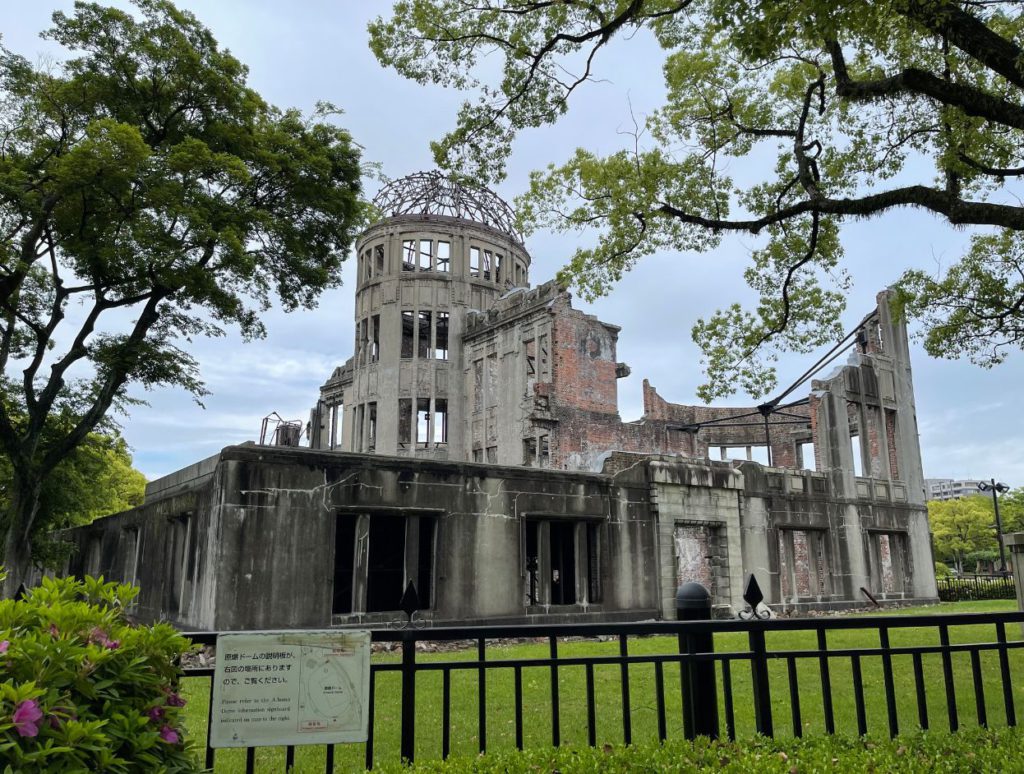
Is it worth travelling to Hiroshima?
I would say yes. Unless you do not have even a day to spare. If you have a day in your itinerary or can extend your time in Japan to include Hiroshima in your itinerary, please do.
It is astounding and shocking at the same time to see how much destruction can a bomb cause and how can we get over it and move on, so fast. Hiroshima will give you a small glimpse into what a world with nuclear warfare could look like. It is similar to the world after doomsday that most TV series portrays.
But apart from the atomic bombing tragedy, Hiroshima also used to be the capital town of Hiroshima prefecture and an important military area during the imperial era. Only a small part of the original Hiroshima castle remains standing but is worth visiting.
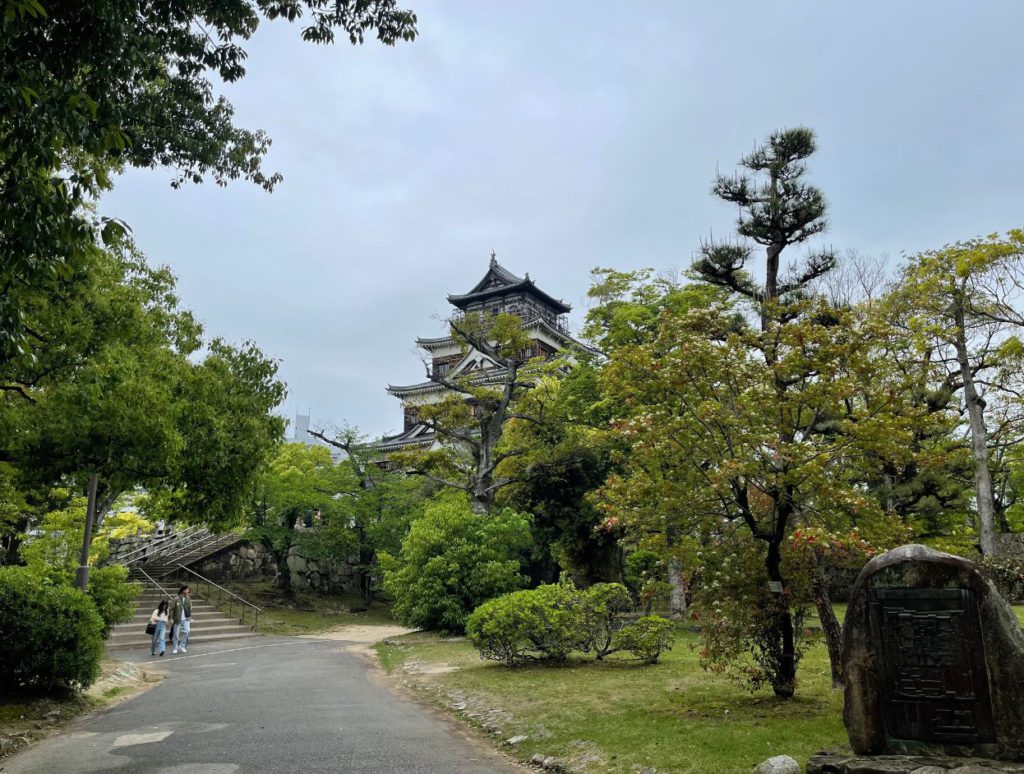
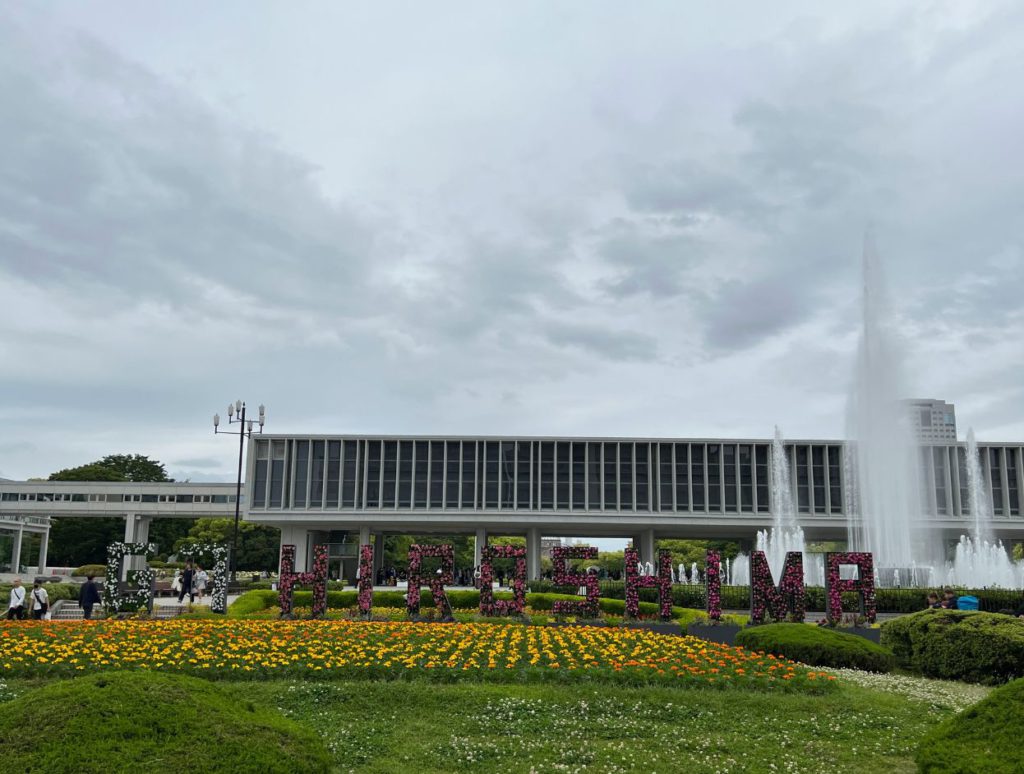
How to reach Hiroshima
The easiest way to travel to Hiroshima from anywhere in Japan is by using the Shinkansen or the regional train. The average travel time from Kyoto to Hiroshima is 1.5 hours and 2.5 hours using other JR regional lines. Such short travel time will also enable you to do a day trip if you wish to including visiting the island of Miyajima.
If you are travelling to or back to Tokyo, it will take around 4 hours for the journey using the Shinkansen. You can also consider taking a Willer overnight bus or a standard bus (book on kosokubus.com) either way which is comparatively more affordable (compared to the Shinkansen). It is also fairly comfortable.
If you are looking to use the Shinkansen extensively during your time in Japan, consider buying a JR pass. Check out our article on how to buy a JR pass to understand the process and if it is worth it for you.
If you are thinking of a day trip to Hiroshima, you will also be able to find lockers at the Hiroshima station where you can store bags of all sizes.
There are also several options for taking a guided tour from the Hiroshima city or from nearby cities like Kyoto or Osaka. If you would like the company of a local, it can be a great option. Check out some interesting guided tours:
Book a day tour to Hiroshima and Miyajima
How to go around in Hiroshima
Most of the places worth visiting in Hiroshima are located pretty close to one another. In fact, if you are at one, you can walk to all others in a sequence. I suggest you start with Hiroshima Castle and then move on to the atomic site that you can just walk to. Make sure you have your walking shoes on.
However, you will need some kind of conveyance from the train station (if you are arriving in Hiroshima by train). The easiest way is to take the city tour bus. This is the only city in Japan that I thought was made for tourists. You can take a city tour bus as soon as you step out of the railway station. Just ask around.
If you have a JR pass, all rides on the tour buses are free of cost. You just need to show your pass. Otherwise, head to the information centre right outside the station and they can guide you to the best possible conveyance. If you don’t have a JR pass, you can also buy a local pass. However, I will suggest doing this if you plan to spend 24 hours or more in Hiroshima.
Book a day tour to Hiroshima and Miyajima
Metro and trams are also available in Hiroshima city. And you can plan to take either one of them. If you are taking the metro, Kencho-mae is a good stop to start your tour and if you are taking the tram, get down at Kamiyacho-higashi or Kamiyacho-nishi.
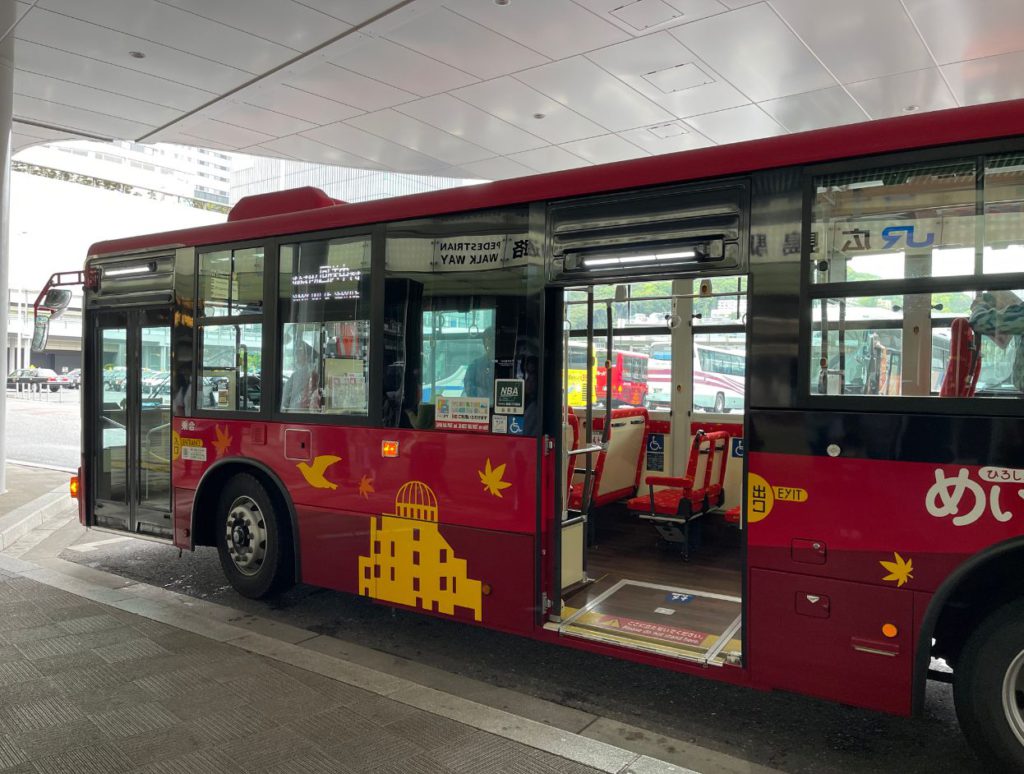
Things to do in Hiroshima
Given the history of the bombing in Hiroshima, there are still surprisingly quite a few things to do in the city. But if you plan to cover just the important points, you can still do so in half a day. You can spend the rest half of the day relaxing in the city with some great food, take a ferry around or take a trip to Miyajima (or Itsukushima) which is what we did.
But as for what to do in Hiroshima city, here goes the list:
Hiroshima Castle
The original castle of Hiroshima was a feat of architecture. It was built in 1589 in the Otagawa delta with no city around it, just 5 villages in the vicinity. And yet, the feudal lord in this area governed nine provinces from here. The architecture is especially admirable since it extremely difficult to build such a large structure near a delta with a soil type that does not support such structures.
Nevertheless, the castle stood for four centuries till it was razed in the bombing of 1945. Only a small part of the castle was rebuilt in 1958 that still stands to date. It mostly houses a museum and some artefacts showcasing the history of the feudal era.
But it is worth visiting. Most of us know Hiroshima only for the atomic bombing, but it has a much richer history than that. Hiroshima was an important military base for centuries and the feudal lords fought over its possession due to its strong influence in the area.
Of course, it is lovely to look at from the outside. You will need to buy a ticket to enter. The castle has 5 floors with each floor showcasing some of its history. It will also show you how big the castle grounds were while only the foundations remain of the most adjacent buildings. The fifth floor has a balcony on all sides where you can get an aerial view of Hiroshima City and the palace grounds.
From here you can walk 15 minutes to the atomic bomb dome area.
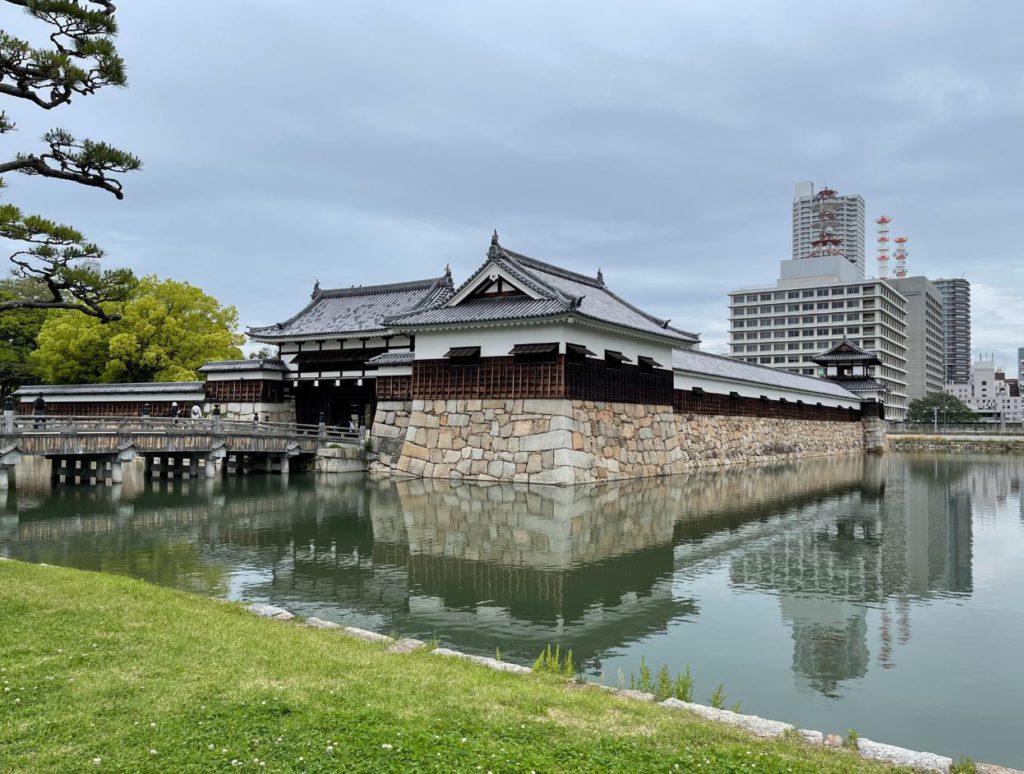
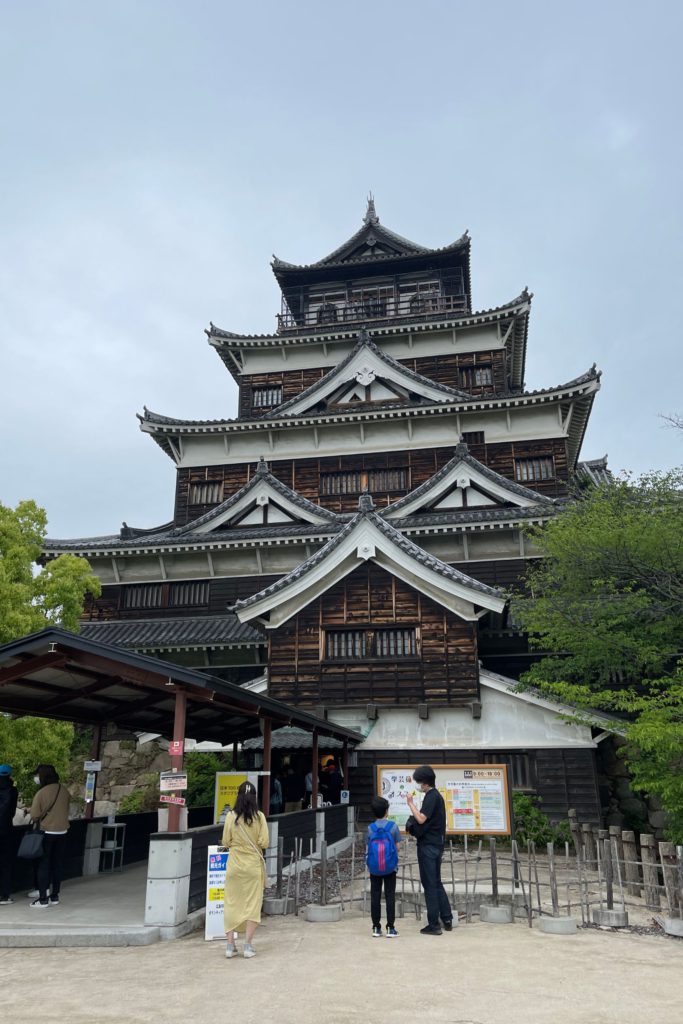
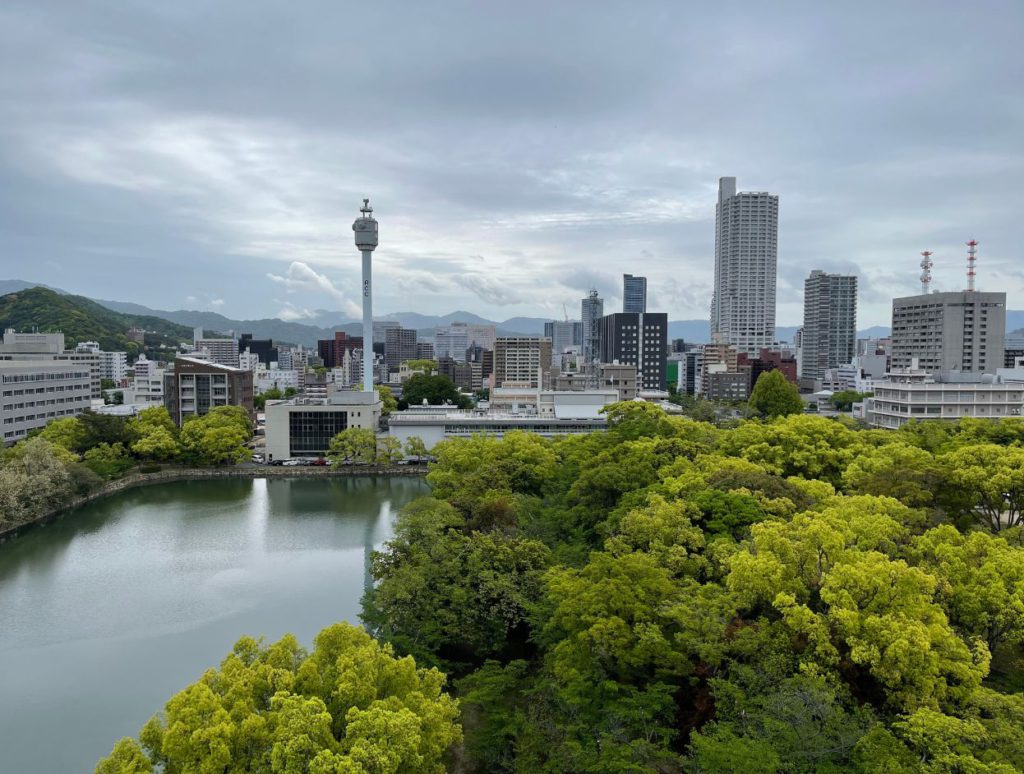
Atomic Bomb Dome
The atomic bomb dome or Genbaku dome is what brings most visitors from Japan and around the world to Hiroshima. It is the epicentre of the first atomic bombing during World War 2. Little Boy (the name of the atomic bomb) was dropped on Hiroshima on 6th August 1945 killing around 1,29,000 people and more in the few subsequent years. It was also the start of the end of the war.
The atomic bomb dome is where the bomb went off approximately 600m in the air from the ground altitude. In fact, since the bomb went off mid-air, it protected the city from even more damage than it had actually done. While the city of Hiroshima is almost unrecognisable, the atomic bomb dome is still intact from the day of the bombing as a memorial to that event.
Of course, it only gives you a short glimpse of the eerie doomsday. The Atomic Dome used to be a thriving exhibition hall designed by a Czech architect with an iconic dome on top. The dome structure still survived. You can see more photos of the day of the bombing in the nearby Peace Memorial museum.
While all of this could seem dismal, you will find a thriving city on the other side. You will find locals enjoying an evening on a boat ride on the Motoyasu River right in front of the memorial. The park and the surrounding areas are also filled with visitors on a weekend paying their respects or just enjoying their time outdoors.
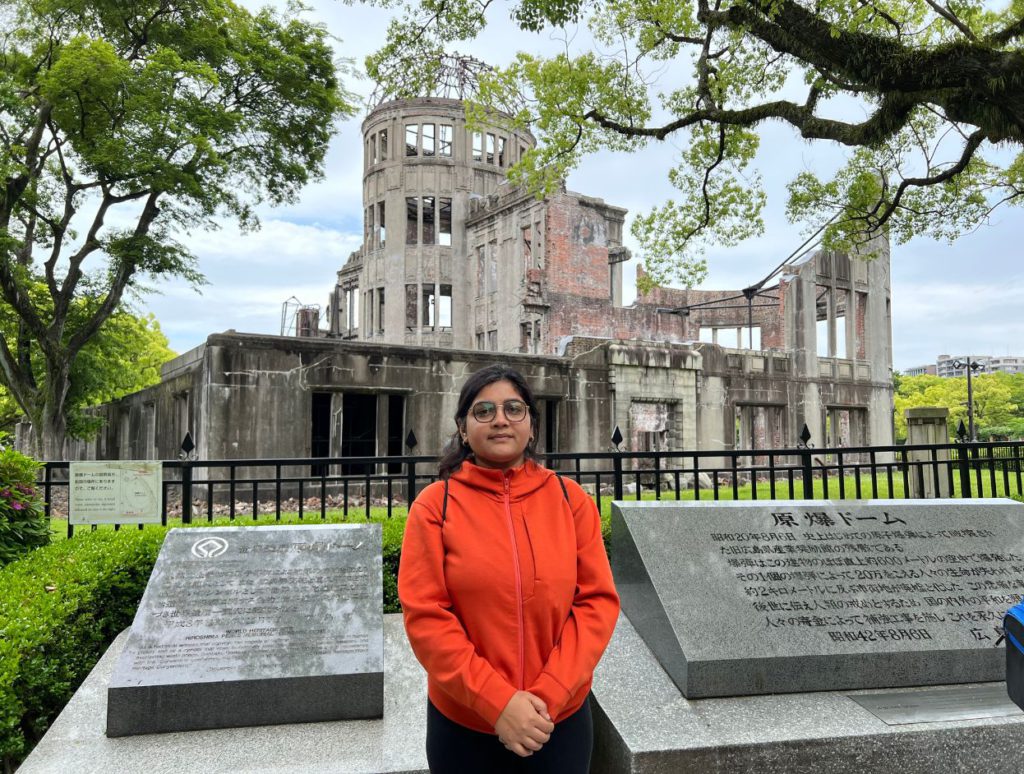
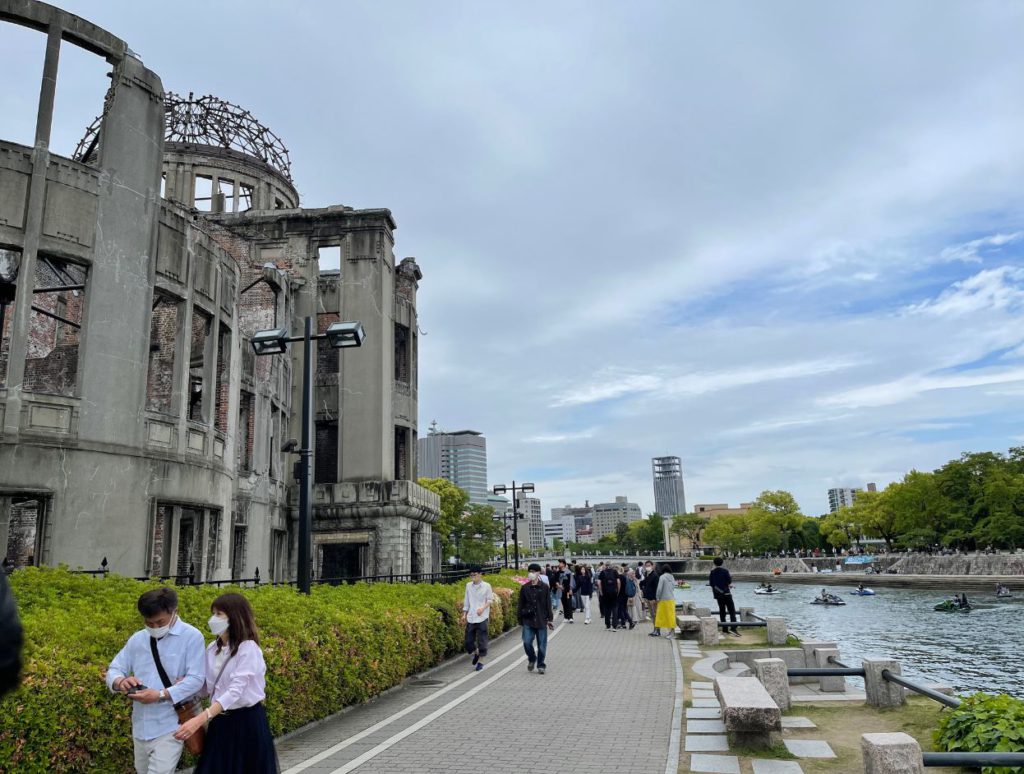
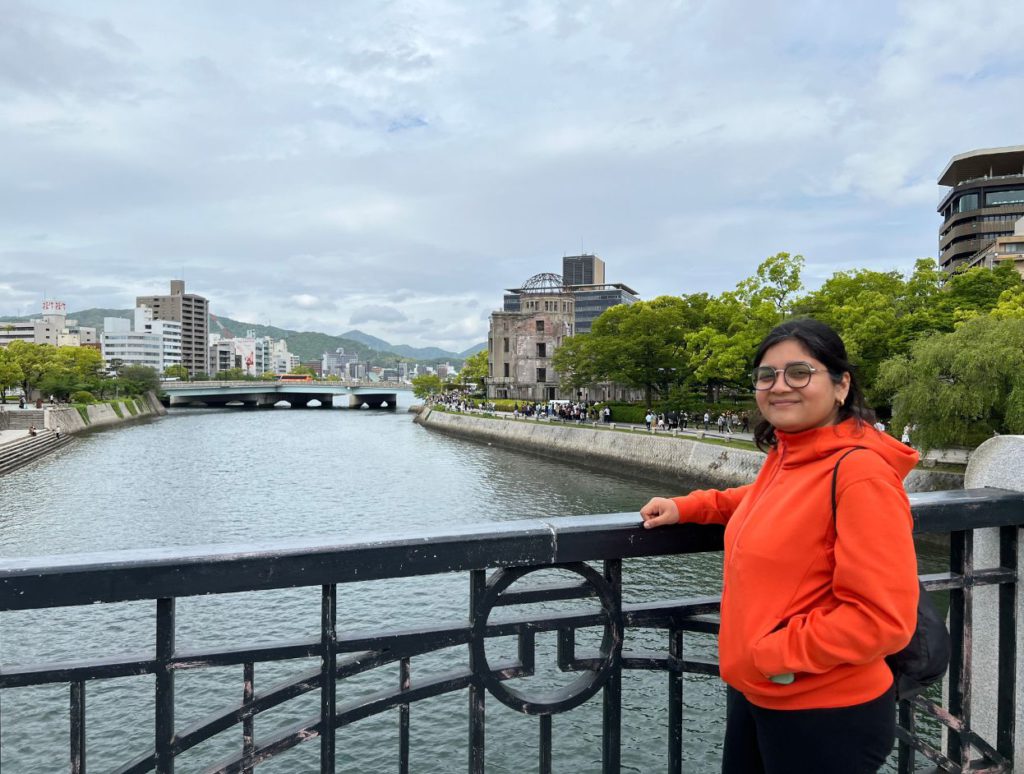
Hiroshima Peace Memorial
Right opposite of the atomic bomb dome is the Hiroshima Peace Memorial Park. The park itself comprises a few very important and iconic memorials dedicated to the victims of the atomic bombing. You can walk through the park passing by the children’s peace memorial that is dedicated to the children who lost their lives during and after the bombings due to the explosion of radioactive matter.
A few meters away is the Flame of Peace which is a beautiful structure dedicated to consoling the souls of thousands of people who died during the bombing shaped in two palms facing towards the sky. The flame on the memorial was lit on 1st August 1964 and has been lit ever since. It will be lit there will be no more nuclear weapons present in the world.
You should also visit the Peace Memorial Hall in the same area. The memorial hall has a collection of photos and stories that will bring all these events to life for you. Make sure to keep the environment to respectful.
On the day I visited, Hiroshima was preparing for the G20 summit to take place within a week. Japan and the world have come a long way since this destruction.
If you are in the area, you can also check out a few guided tours offered by the locals that will help you understand the city better.
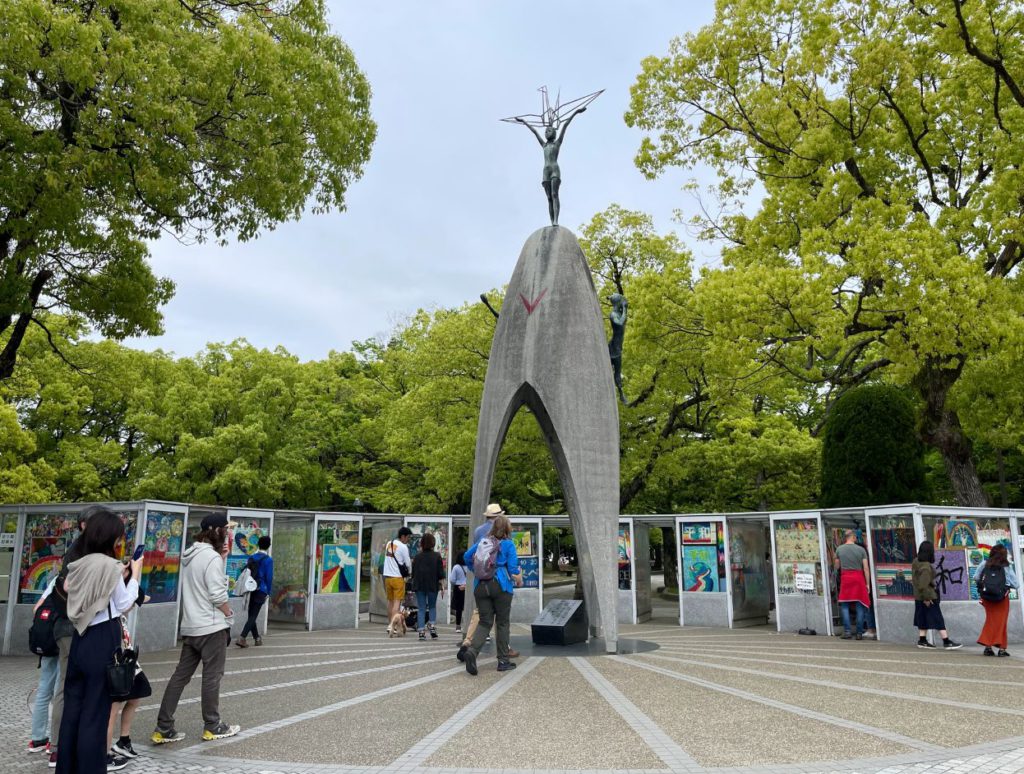
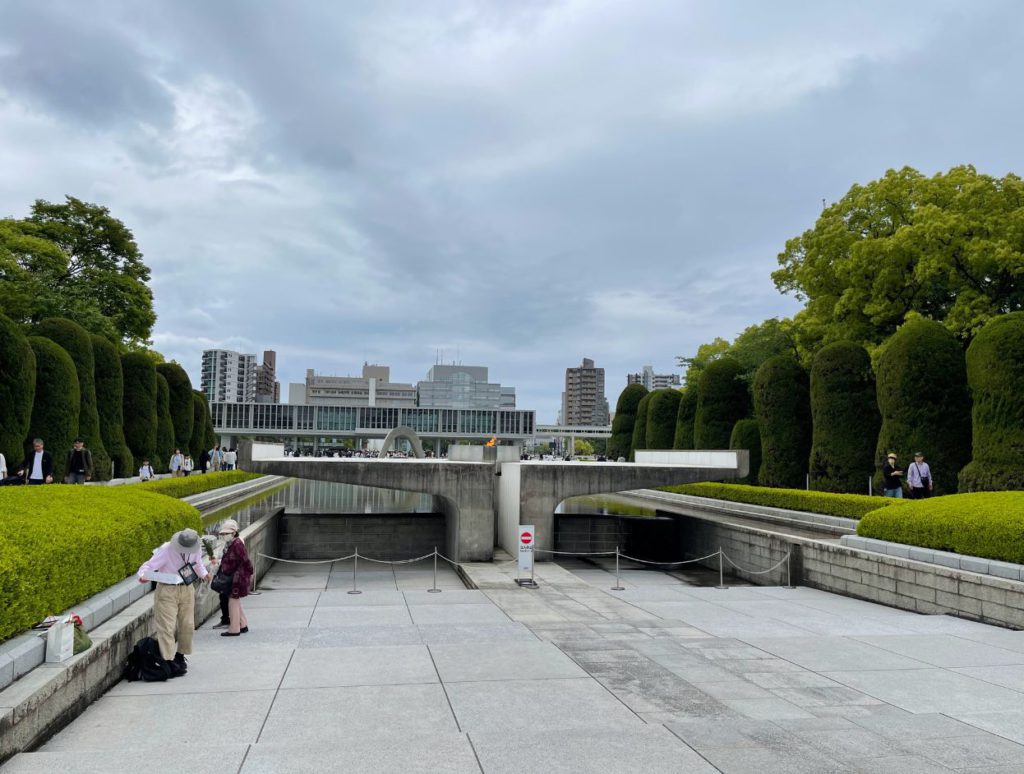
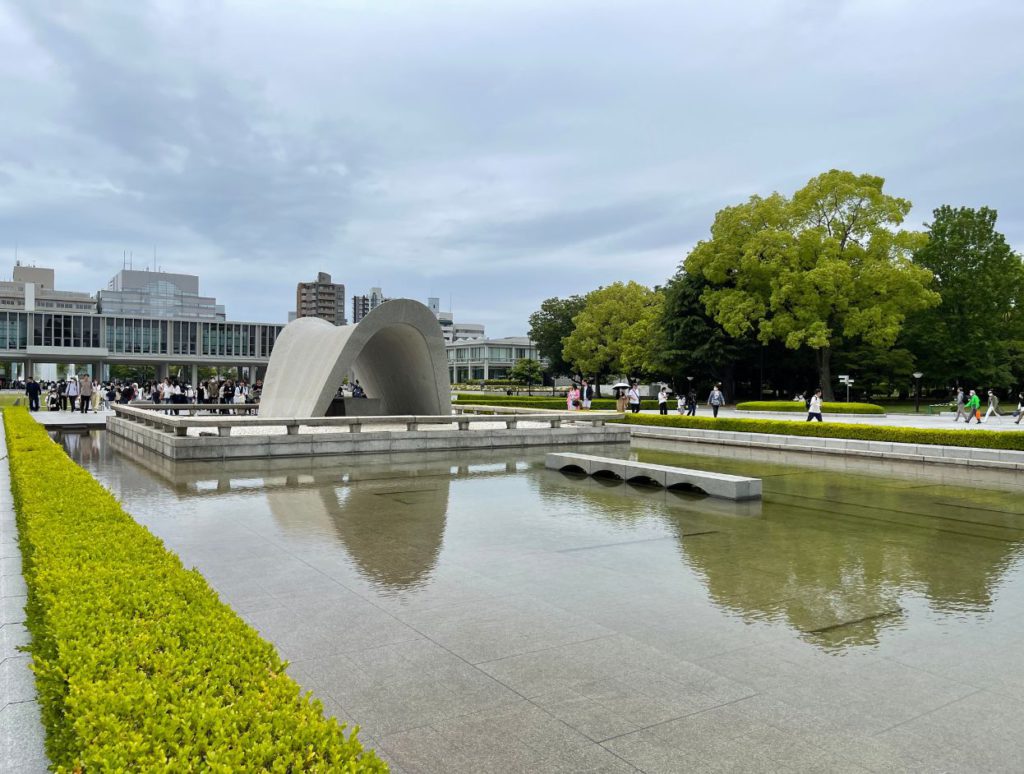
Book a day tour to Hiroshima and Miyajima
Peace Memorial Museum
In the same area, don’t miss to visit the peace memorial museum. Similar to the peace memorial hall, the museum is home to a lot more stories, history and artefacts from the day and around bombing. The museum is usually extremely busy, especially on a weekday and you may have to wait upto an hour in the line to get into. If you have the time, do visit.
Since the events are more shown very closely and realistically, it can leave a deep impact in your mind. You may want to mindful of taking children with you (upon your own judgement).
This may sound controversial, but one must also keep in mind the ongoing war headed by Japan at the time. Although all our sympathies are with the innocent victims of the bombings, the events that led to this were also rooted in war raged by their own country. Keep that in mind as well.
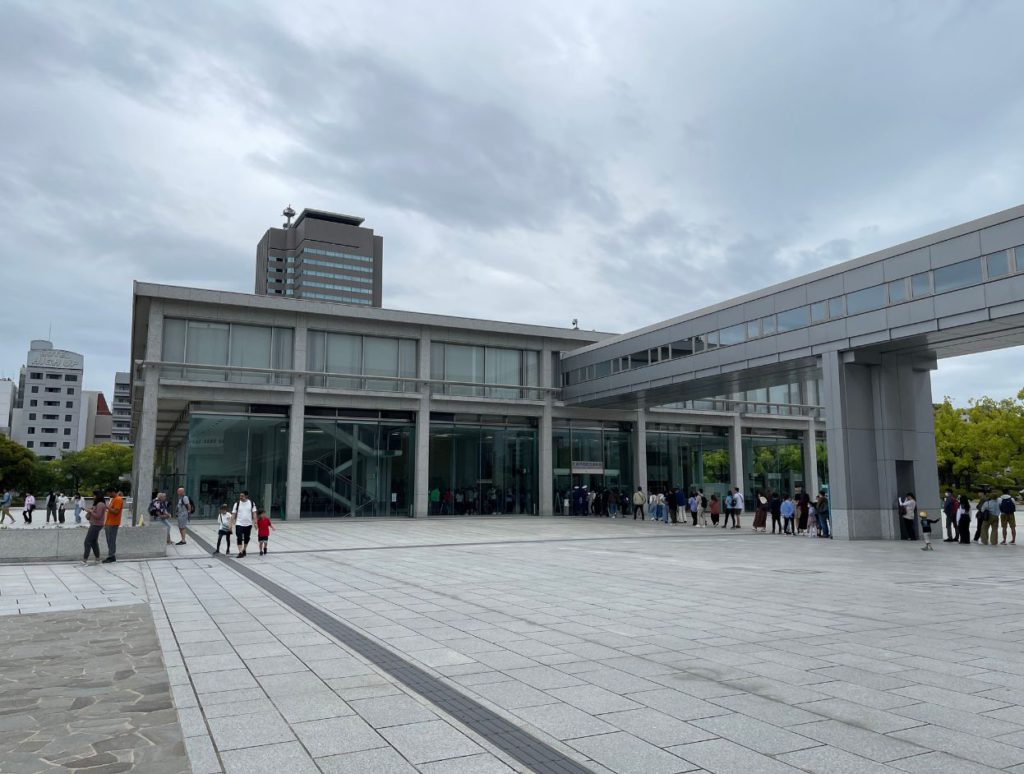
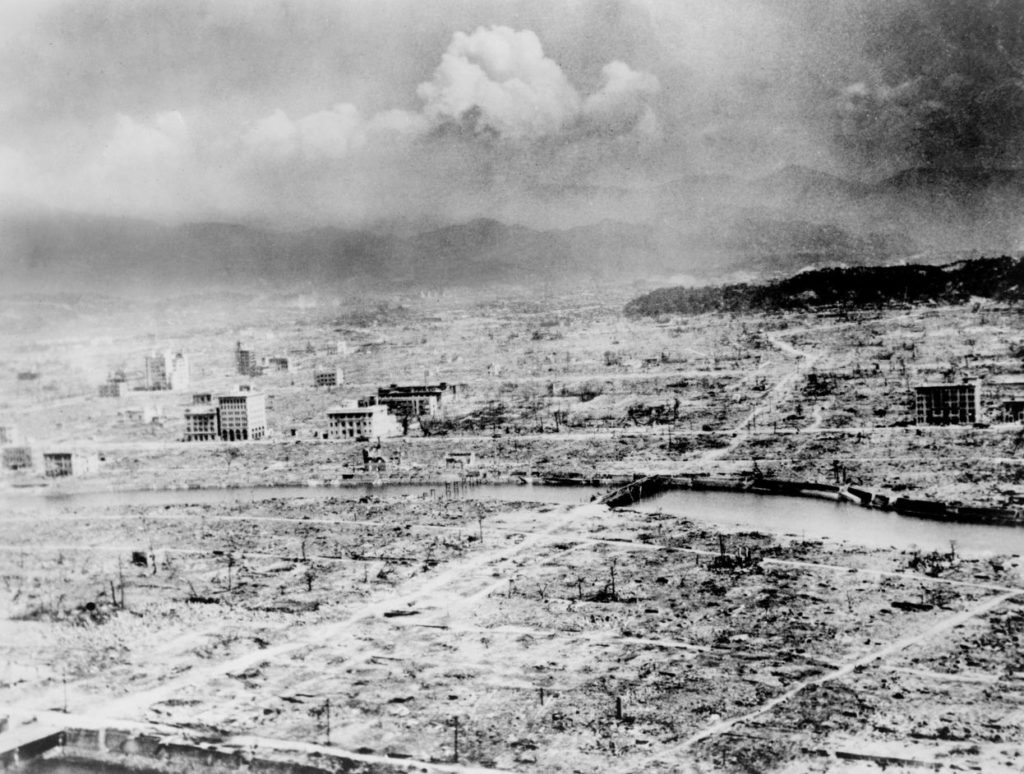
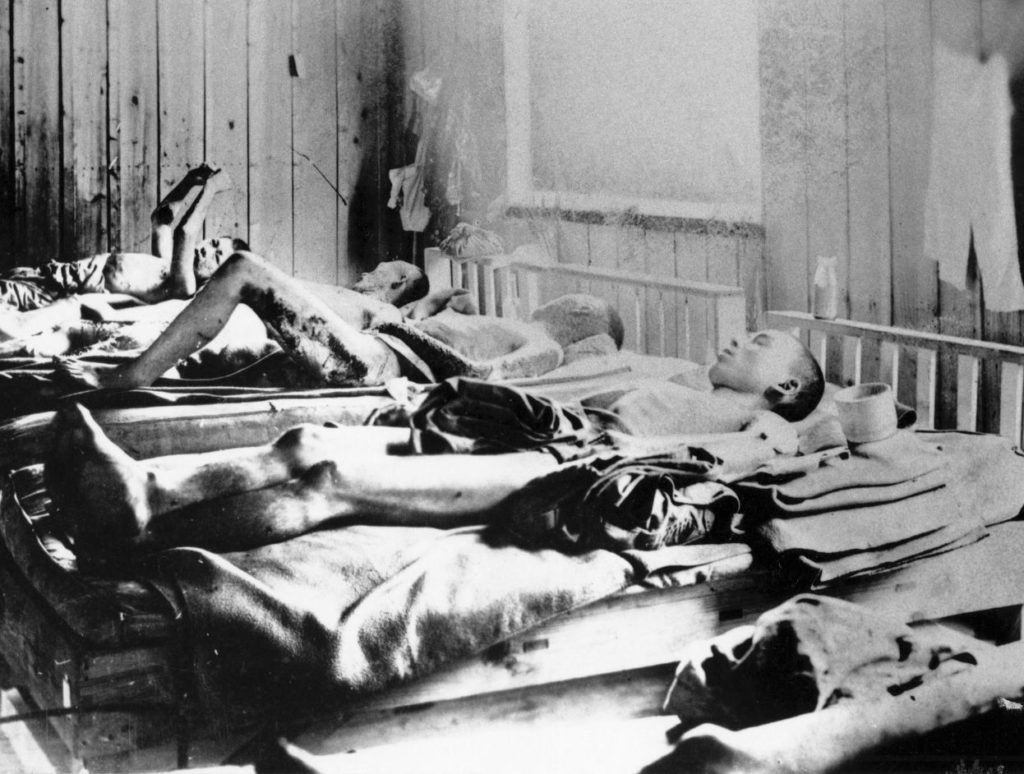
Shukkein Garden
Shukkein Garden is a lovely place to spend some quiet time once you are done with the touristy stuff. Maybe you can grab some lunch and enjoy it on one of the benches in the garden if you want it on the go. The gardens, like most Japanese gardens, are serene with a pleasant mix of trees, gazebos and water.
The gardens are especially breathtaking during the blooming of cherry blossoms. If you are here during autumn, it would still make a great stop. There are a few trees that are marked present from before the time of the bombing. A tea shop inside the gardens also makes for a quick stop. You can also buy some bread to feed the fish at one of the several ponds inside the garden.
Shukkein Garden is also one of the stops on the tour buses that go around the city. So you can simply take the bus. A JR pass will get you a discount on the entrance fee here.
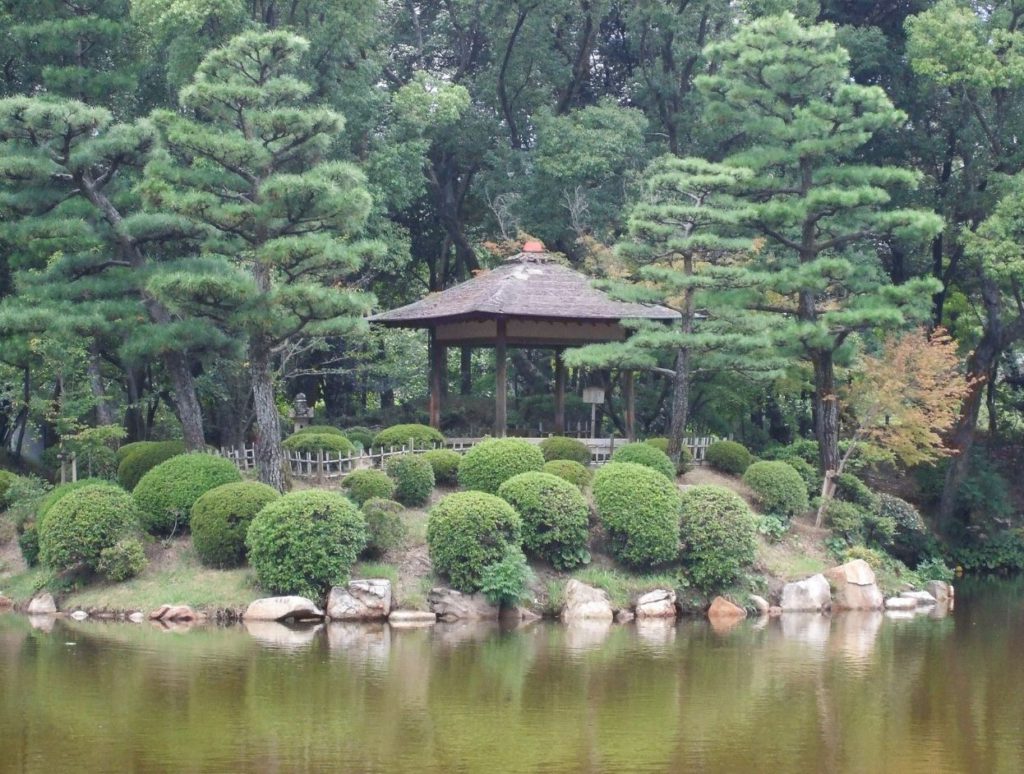
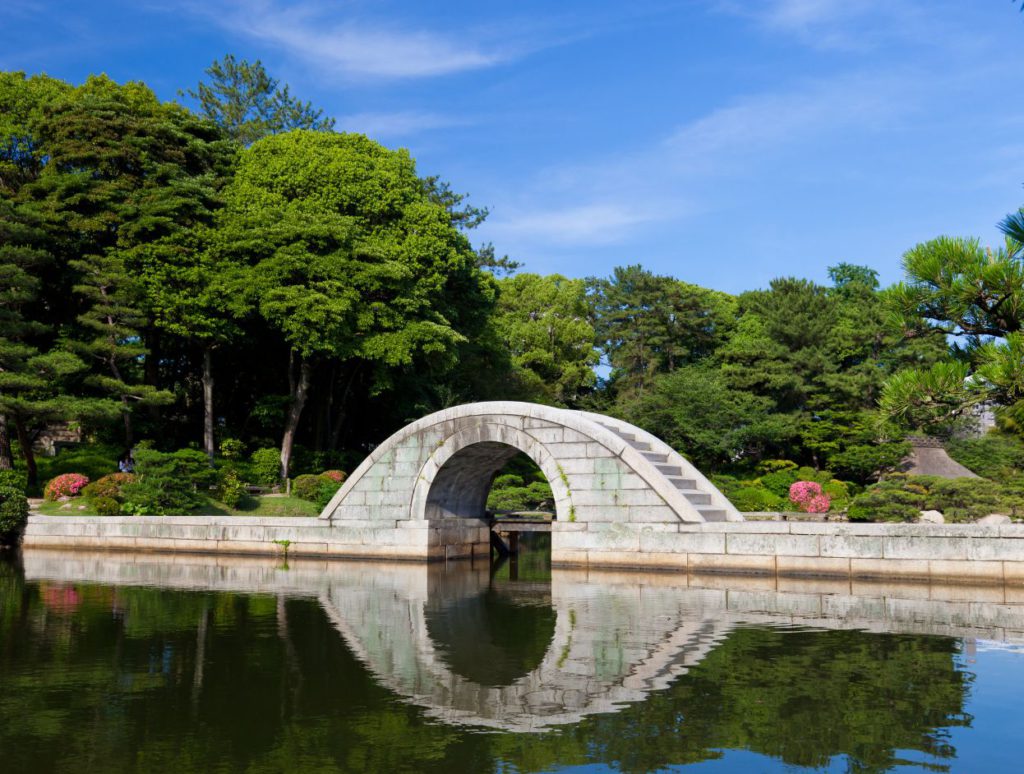
Mitaki Dera
For those who have decided to spend the whole day or more in Hiroshima, this is a great place to end your day. Located far outside the main city, Mitaki dera is a lovely shrine located deep inside the forest but with a view. You will need to hike about 20 minutes to get here or to the view point so keep that in mind along with a bottle of water.
You can reach the shrine via Mitaki station on the JR line. If you have a JR pass, this ride will be included in the pass. Then you walk about a kilometer from there. You can also consider taking the bus number 22 from the hiroshima station. You won’t have to walk as much.
There are quite a few stairs to the shrine that starts at the base. But expect the view to be wonderful on the way and and it keeps getting better as you climb. You will find pagodas, statues and small shrines on the way as well. An aerial view of Hiroshima city awaits you at the top. You will usually find the place empty with very few tourists even on a weekend.
Day Trip to Miyajima
You could spend your whole day in Hiroshima, or you could split your time between Hiroshima and Miyajima. It will be fast, but it is possible. Although I am sure it will be much more enjoyable if you do it on separate days.
But before how, the question is why. Miyajima is a pretty popular coastal destination for local Japanese and during the holiday season and weekends, it is filled with tourists. But the most popular spot to visit is Itsukushima Jinja and the floating Torii gate that you will be able to spot from the ferry.
You can reach Miyajima by either taking the JR rail from Hiroshima to Miyajimaguchi or taking a ferry from there (which is included in the JR pass). Or you can take the tram to Hiroshimako station in Hiroshima and take the ferry from there.
The short ferry ride will be a refreshing change in your journey. And you will get a good glimpse of the Itsukushima Torii gate. It is surrounded by water on all sides during the high tide. Unfortunately, I visited during the low tide season.
Nevertheless, there is a lot to do in Miyajima. The island has a cable car ride that will give you an aerial view of everything around it. Since it is a popular tourist attraction, the place is filled with quality souvenir shops and bakeries. The island is super popular for Momiji Manju, a maple leaf-shaped pancake filled with custard that you will find LITERALLY everywhere.
Anyway, if you want to read more about the trip to Miyajima, check out our blog.
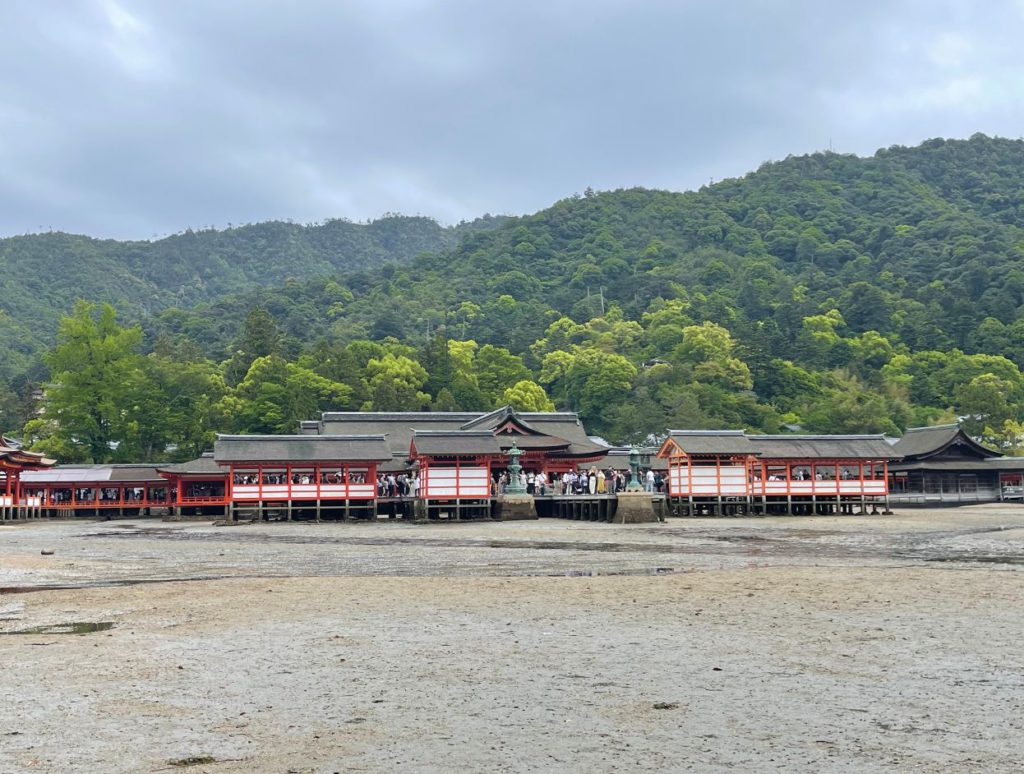
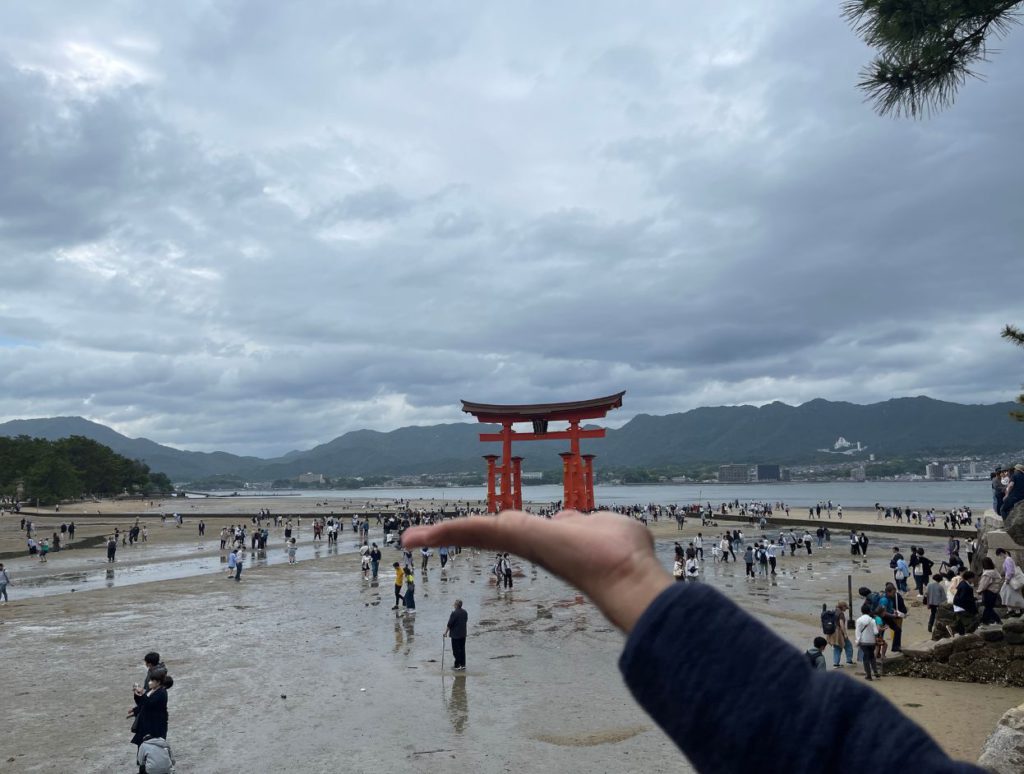
Stay in Hiroshima
The best place to stay in Hiroshima is in the city centre near most of the tourist spots. However, I will still avoid the ominous gloom of the atomic dome from my window. It is completely safe to stay in Hiroshima (if you are worried about that). There are no traceable radioactive effects that are present today in the city. Although I will still prefer to drink bottled water for some reason.
Here are some hotels that you may like near the city centre area:
Budget Hotels:
Cocostay The Peace Memorial Park
Mid-range Hotels:






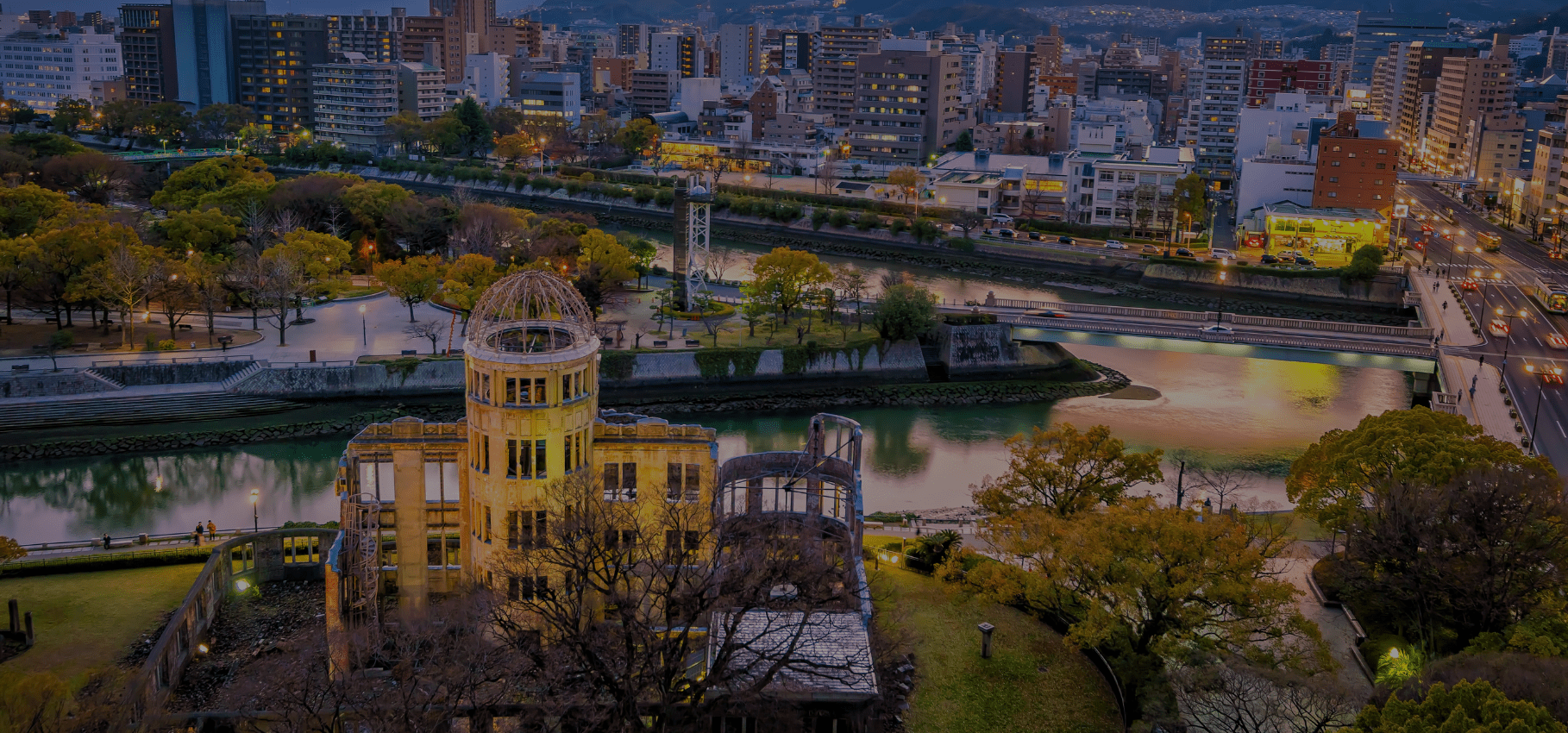
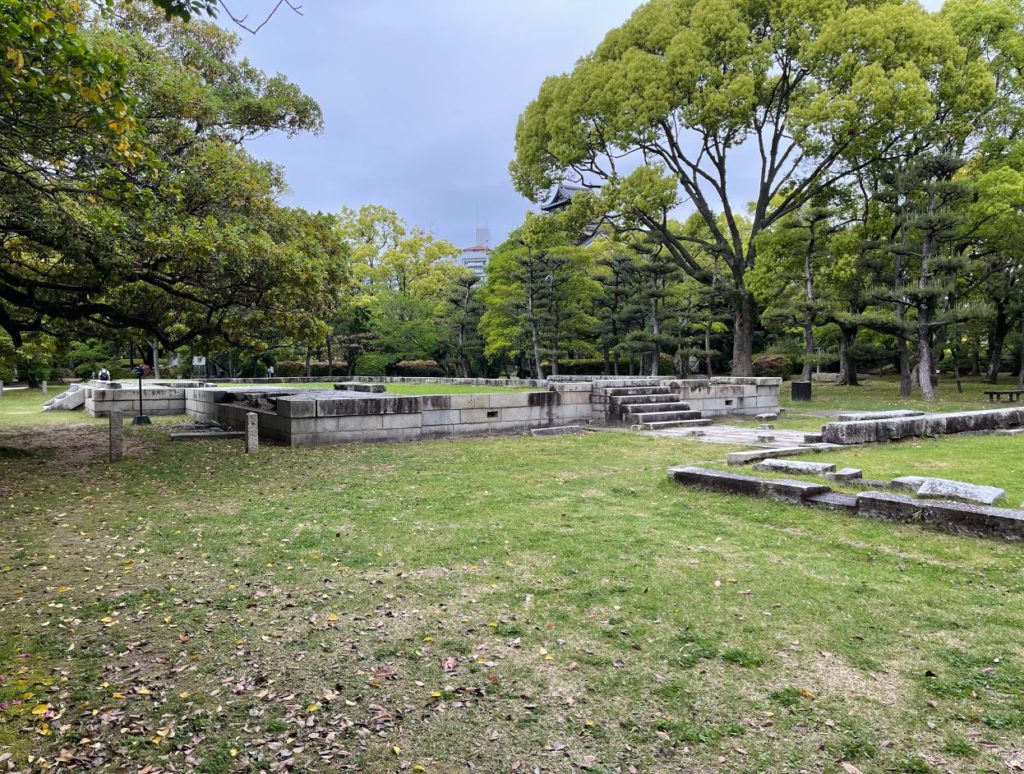
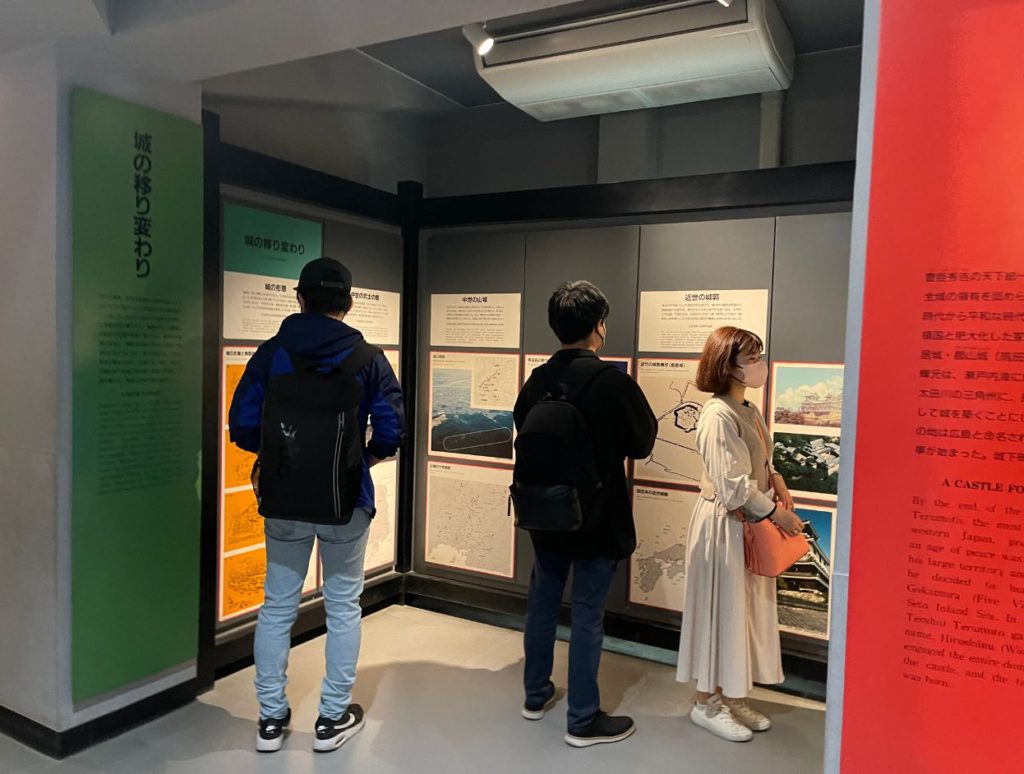
No Comments